Printable Worksheets Newton's Laws
If you're in search of high-quality printable worksheets to help you reinforce your understanding of Newton's Laws of Motion, then you've come to the right place.
Table of Images 👆
More Other Worksheets
Kindergarten Worksheet My RoomSpanish Verb Worksheets
Cooking Vocabulary Worksheet
DNA Code Worksheet
Meiosis Worksheet Answer Key
Art Handouts and Worksheets
7 Elements of Art Worksheets
All Amendment Worksheet
Symmetry Art Worksheets
Daily Meal Planning Worksheet
What are Newton's laws of motion?
Newton's laws of motion are a set of three fundamental principles that describe the relationship between the motion of an object and the forces acting on it. The first law states that an object at rest will remain at rest, and an object in motion will remain in motion at a constant velocity unless acted upon by an external force. The second law states that the acceleration of an object is directly proportional to the net force acting on it and inversely proportional to its mass. The third law states that for every action, there is an equal and opposite reaction.
How many laws did Newton propose?
Isaac Newton proposed three laws of motion, known as Newton's laws of motion.
What is Newton's first law of motion?
Newton's first law of motion, also known as the law of inertia, states that an object will remain at rest or in uniform motion in a straight line unless acted upon by an external force. This means that an object will not speed up, slow down, or change direction on its own, but will require a force to do so.
What is another term for Newton's first law?
Another term for Newton's first law is the law of inertia.
What is Newton's second law of motion?
Newton's second law of motion states that the acceleration of an object is directly proportional to the force acting on it and inversely proportional to its mass. Mathematically, this can be expressed as F = ma, where F is the force applied, m is the mass of the object, and a is the acceleration produced.
How is force related to mass and acceleration?
According to Newton's second law of motion, force is directly proportional to mass and acceleration. This can be mathematically represented as F = m*a, where F represents force, m denotes mass, and a represents acceleration. This law states that the acceleration of an object is dependent on both the force applied to it and its mass, with a greater force resulting in a greater acceleration for a given mass, and a greater mass resulting in a smaller acceleration for a given force.
What is Newton's third law of motion?
Newton's third law of motion states that for every action, there is an equal and opposite reaction. This means that whenever one object exerts a force on a second object, the second object will exert an equal and opposite force back on the first object.
How do action and reaction forces relate to each other?
According to Newton's third law of motion, for every action, there is an equal and opposite reaction. This means that when an object exerts a force on another object, the second object exerts a force back on the first object that is equal in magnitude but opposite in direction. These action and reaction forces always occur in pairs and are essential for understanding the balanced forces acting on objects in our physical world.
Give an example of Newton's third law in everyday life.
When walking, you push the ground backwards with your foot, and in return, the ground pushes you forward with an equal force, propelling you in the opposite direction. This is an example of Newton's third law of motion - for every action, there is an equal and opposite reaction.
How do Newton's laws of motion help explain the behavior of objects?
Newton's laws of motion provide a fundamental framework for understanding the behavior of objects. The first law states that an object at rest will remain at rest, and an object in motion will stay in motion unless acted upon by an external force. The second law relates the net force on an object to its mass and acceleration, indicating that force causes acceleration. The third law states that for every action, there is an equal and opposite reaction. Together, these laws help explain how forces affect the motion of objects, allowing us to predict and analyze their behavior in various situations.
Have something to share?
Who is Worksheeto?
At Worksheeto, we are committed to delivering an extensive and varied portfolio of superior quality worksheets, designed to address the educational demands of students, educators, and parents.

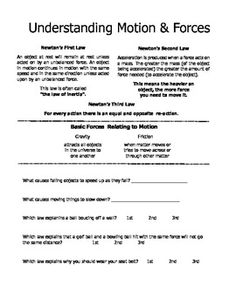




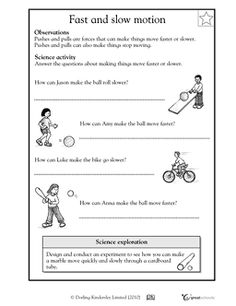
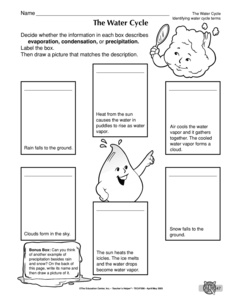
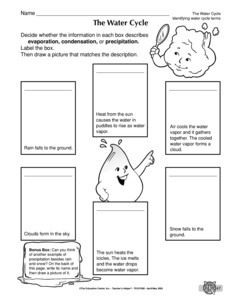
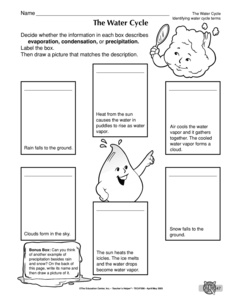


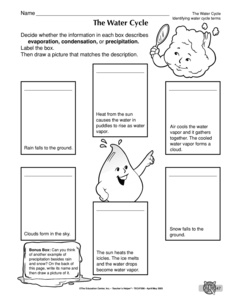




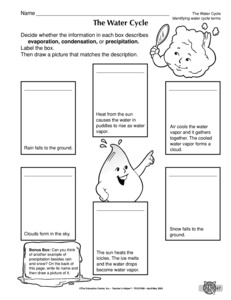
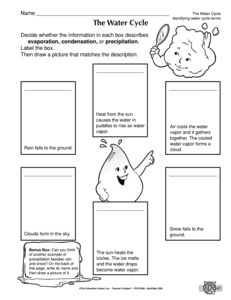
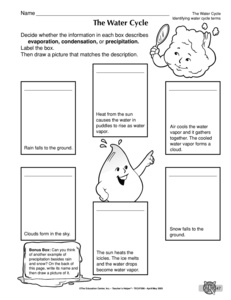
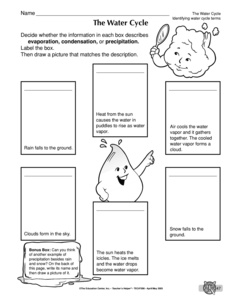














Comments